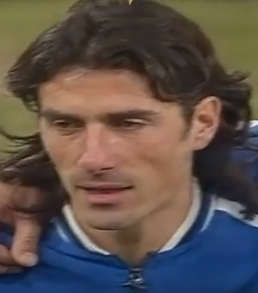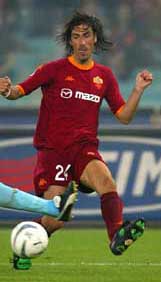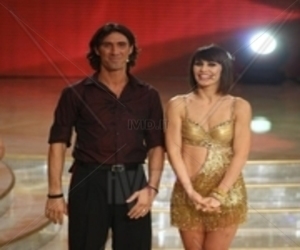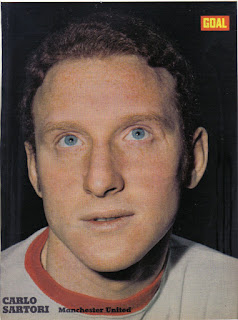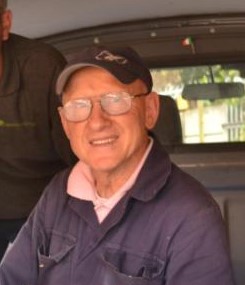Forward injured seven minutes into 1982 final
 |
| Francesco Graziani in action for the Italy national team |
Graziani, a striker with Fiorentina who had made his name with Torino, scored a vital goal in Italy’s final match of the opening group phase against Cameroon, securing the draw that was enough to take the azzurri through to the second stage of the competition.
He played in Italy’s epic victories over Argentina and Brazil in the second group phase and in the thumping semi-final win over Poland but was replaced by Alessandro Altobelli after damaging a shoulder in the opening moments of the final against West Germany.
Altobelli went on to score Italy’s third goal as they overcame the Germans 3-1 to lift the trophy for a third time.
With 23 goals in 64 appearances for the national team, Graziani - nicknamed ‘Ciccio’ - achieved a strike rate in international football similar to his goals-per-game ratio in his career at domestic level, which brought him 142 goals in 413 league appearances.
His peak seasons came in the eight years he spent with Torino, during which he scored 97 times in 221 Serie A matches, winning the scudetto as Serie A champions in 1975-76.
 |
| The Torino team that won the Serie A championship in 1975-76. Graziani is fourth from the left on the back row |
Graziani scored 122 goals in 289 games in all competitions for Torino, including eight goals in 23 matches in Europe. In addition to the Serie A title, he was a member of the team that reached the final of the Coppa Italia in 1980.
He was the top-scorer in Serie A with a tally of 21 goals in the 1976-77 season, part of a powerful forward line alongside Paolo Pulici and Claudio Sala.
Graziani left Torino in 1981 when he and teammate Eraldo Pecci were transferred to Fiorentina, where they missed winning the title by a single point in the 1981–82 season.
In 1983, he was signed by Roma, with whom he won the Coppa Italia twice, in 1984 and 1986.
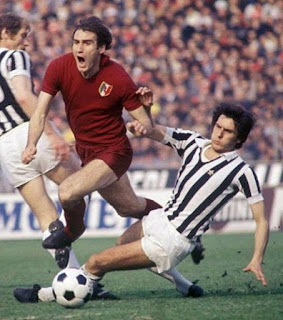 |
| Graziani is brought down by Juventus defender Gaetano Scirea during a Turin derby in 1976-77 |
Nonetheless, despite his excellent scoring record, Graziani twice missed penalties in shoot-outs, first in the one that decided the 1980 Coppa Italia final, when Torino lost out to Roma at the Stadio Olimpico in Rome, and then again in the 1984 European Cup final - in the same stadium - when Roma, his next club after Fiorentina, were beaten by Liverpool.
After two seasons with Udinese and a brief appearance in the Australian National Soccer League, Graziani called time on his his playing career in 1988. His Serie A record was 130 goals from 353 games.
Graziani made his debut for the Italy national team in April 1975, in a 0–0 home draw in Rome against Poland, and scored his first goal for Italy in April of the following year in a 3–1 home win against Portugal.
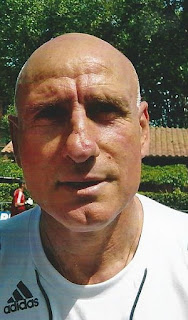 |
| Francesco Graziani has been a coach and pundit since giving up playing |
His career as a coach has so far produced mixed results. As coach of Fiorentina he reached the 1990 UEFA Cup Final. Spells at Reggina and Avellino were unsuccessful but then led Catania to promotion from Serie C1 to Serie B in the 2001–02 season.
From 2004 to 2006, he coached Cervia, an amateur team of Emilia-Romagna from the Eccellenza league who were the subject of an Italian reality show, Campioni – Il Sogno. He led the team to an immediate promotion to Serie D.
More recently, Graziani has worked as a football pundit for the Mediaset TV channels.
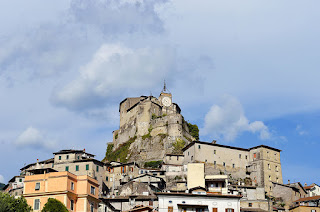 |
| The Rocca Abbazia castle that towers above the town of Subiaco remains largely intact |
Graziani’s home town, Subiaco, which is situated about 70km (43 miles) east of Rome and about 40km (25 miles) from Tivoli, is built close to a hill topped by the Rocca Abbazia castle, and close to Monte Liviato – one of Lazio’s premier ski resorts. Originally built to provide accommodation for workmen on Nero’s grand villa, of which barely anything remains, Subiaco became well known for the fact that, in the fifth century, Saint Benedict lived as a hermit in a mountain cave nearby for three years, before leaving to found the monastery at Montecassino. Among a few things to see are the Ponte di San Francesco, a medieval segmental arch bridge over the Aniene constructed in 1358.
| The Municipio - local authority building - in Cervia, the town on the Adriatic coast where Graziani coached |
Cervia, whose football club Graziani coached to promotion in 2005, is a resort town in Emilia-Romagna, on Italy's Adriatic coast. It was once an important medieval city with three fortified entrances, seven churches and a castle supposedly built by Emperor Frederick Barbarossa. Among things to see are an early 18th century cathedral dedicated to Santa Maria Assunta and the Museum of Salt, which tells the story of the town’s prosperous past as major centre for the mining of salt.
Search for hotels in Cervia on Tripadvisor
More reading:
How Paolo Rossi's hat-trick sank Brazil at the 1982 World Cup
Enzo Bearzot, the pipe-smoking maestro who plotted Italy's 1982 victory
Marco Tardelli: That goal, and that celebration
Also on this day:
1944: The birth of businessman Sandro Versace
1945: The death of Fiat founder Giovanni Agnelli
1954: The birth of pop star Ivana Spagna
Home
